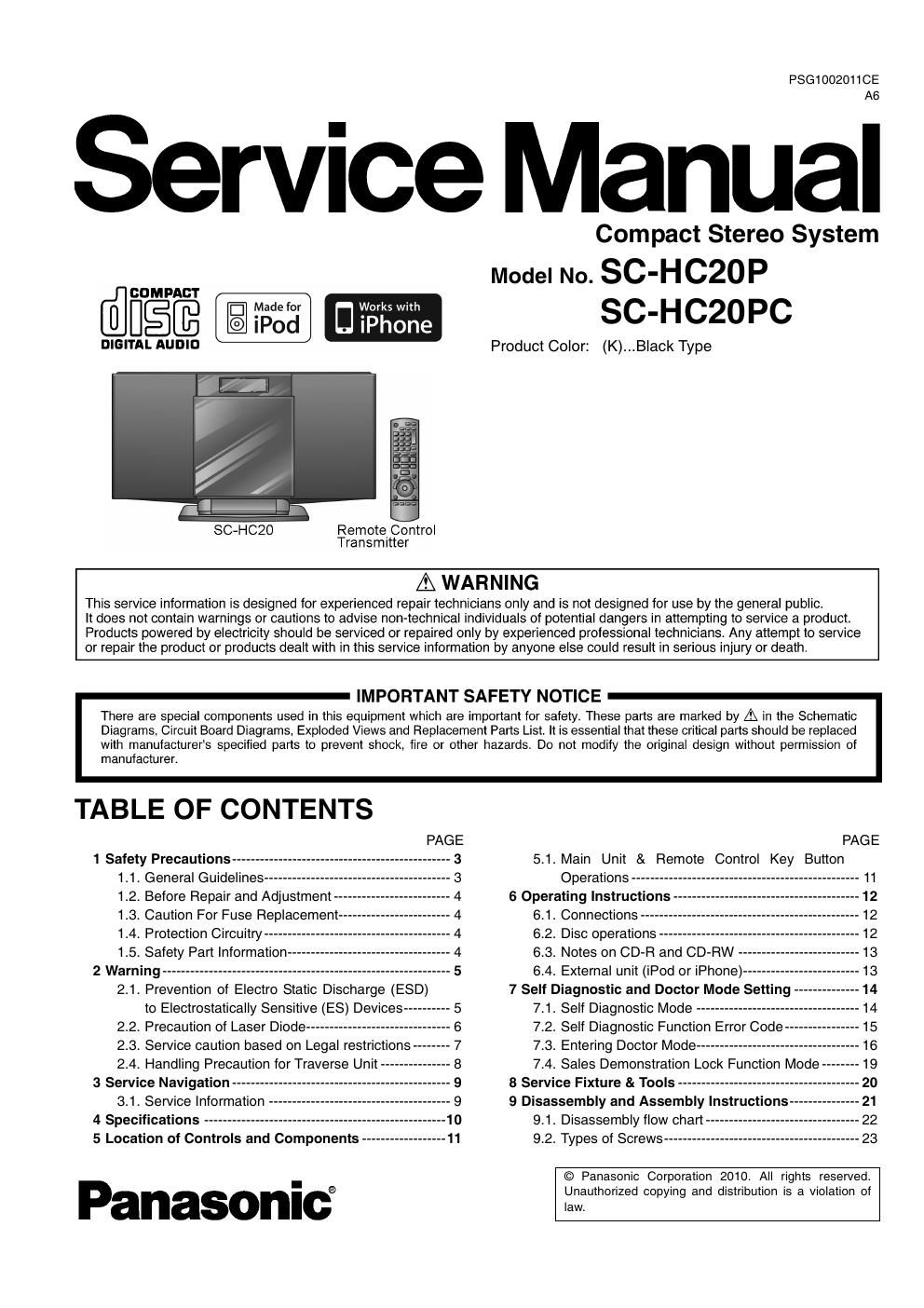Panasonic sc hc 20 p service manual
This is the 115 pages manual for panasonic sc hc 20 p service manual.
Read or download the pdf for free. If you want to contribute, please upload pdfs to audioservicemanuals.wetransfer.com.
Page: 1 / 115
